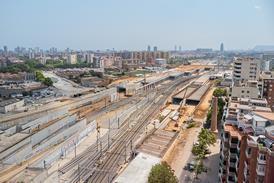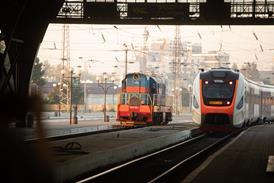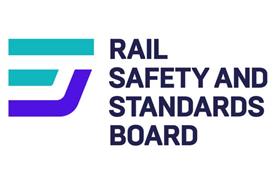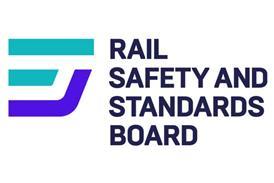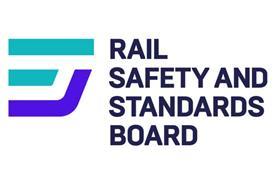ATTEMPTS by Californian legislator Dario Frommer to outlaw push-pull operation were unanimously defeated on June 27, one day after the Federal Railroad Administration issued a report confirming that push-pull operation did not compromise safety.
The Assembly Majority Leader had introduced his measure earlier this year, following the Glendale collision on the Los Angeles Metrolink network in January 2005 which killed 11 people (RG3.06 p122).
FRA’s report is based on a comprehensive study of level crossing accident data relating to push-pull operation of passenger trains between 1996 and 2005. Only three of the 218 collisions between road vehicles and trains being propelled resulted in derailments, whereas the 290 collisions where the loco was leading caused two. FRA considered the difference of 0·69% to be statistically insignificant, noting that rail travel in general is ’much safer than personal motor vehicles.’
FRA Administrator Joseph H Boardman said push-pull ’has an excellent safety record. A train being pushed has virtually no greater likelihood of derailing after a highway-rail grade crossing collision than one with a locomotive in the lead’. He added that ’preventing accidents and protecting passengers have much more to do with improving safety than whether the locomotive is in the front or rear of a train.’
- On June 28 FRA published the first federal crashworthiness standards for freight locomotives. New regulations will require the strengthening of cabs on new or rebuilt locos from January 2009 to prevent them from being crushed in a collision with other railway rolling stock or road vehicles.
Among the improvements specified are stronger structural elements such as collision posts, more robust fuel tanks to prevent spills that could result in fire, and the addition of anti-climbers, which have been standard on passenger trains for many years. Interiors must be re-designed to eliminate sharp edges and provide enhanced emergency lighting and exits.
’Train crews deserve the highest level of protection possible’, explained Boardman. ’This regulation will give engineers and conductors a better chance to walk away from the devastation and destruction of a locomotive collision.’


